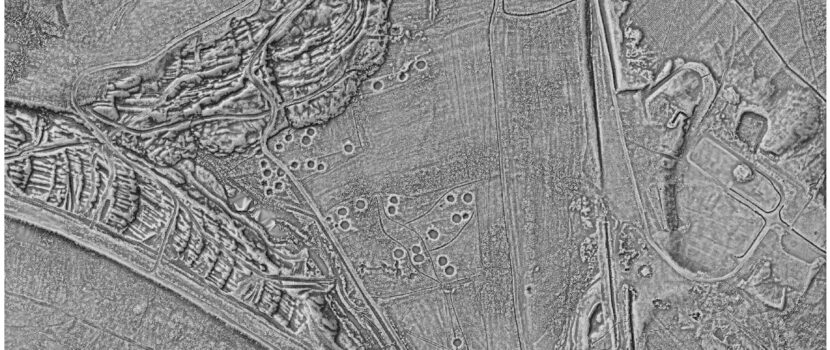
Identification of World War II bombing relics
Towards the end of World War II, strategic industrial sites were bombed by the Allies. In our region, these included important railway junctions (Ústí nad Labem, Karlovy Vary, Chomutov) or industrial plants (the chemical complex Záluží near Litvínov). A certain percentage of dropped bombs did not explode and are still hidden underground where they present a constant threat for earthworks (recall the evacuation of the chemical plant in Záluží in May 2021). Detection of unexploded ordnance sites is thus a very topical issue that can be approached in several ways. One approach uses post-flight archival aerial photographs in which craters are identified after bombing and then compared with the present-day situation. In our paper, we present another possible approach where areas with still existing bombing remnants are mapped using airborne laser scanning methods and craters are then automatically identified using advanced machine learning algorithms or terrain recognition using morphometric features.
- Dolejs, J. Pacina, M. Vesely and D. Brett, Aerial bombing crater identification: Exploitation of precise digital terrain modelsISPRS Int. J. Geo-Inf. 9 (2020) 713.